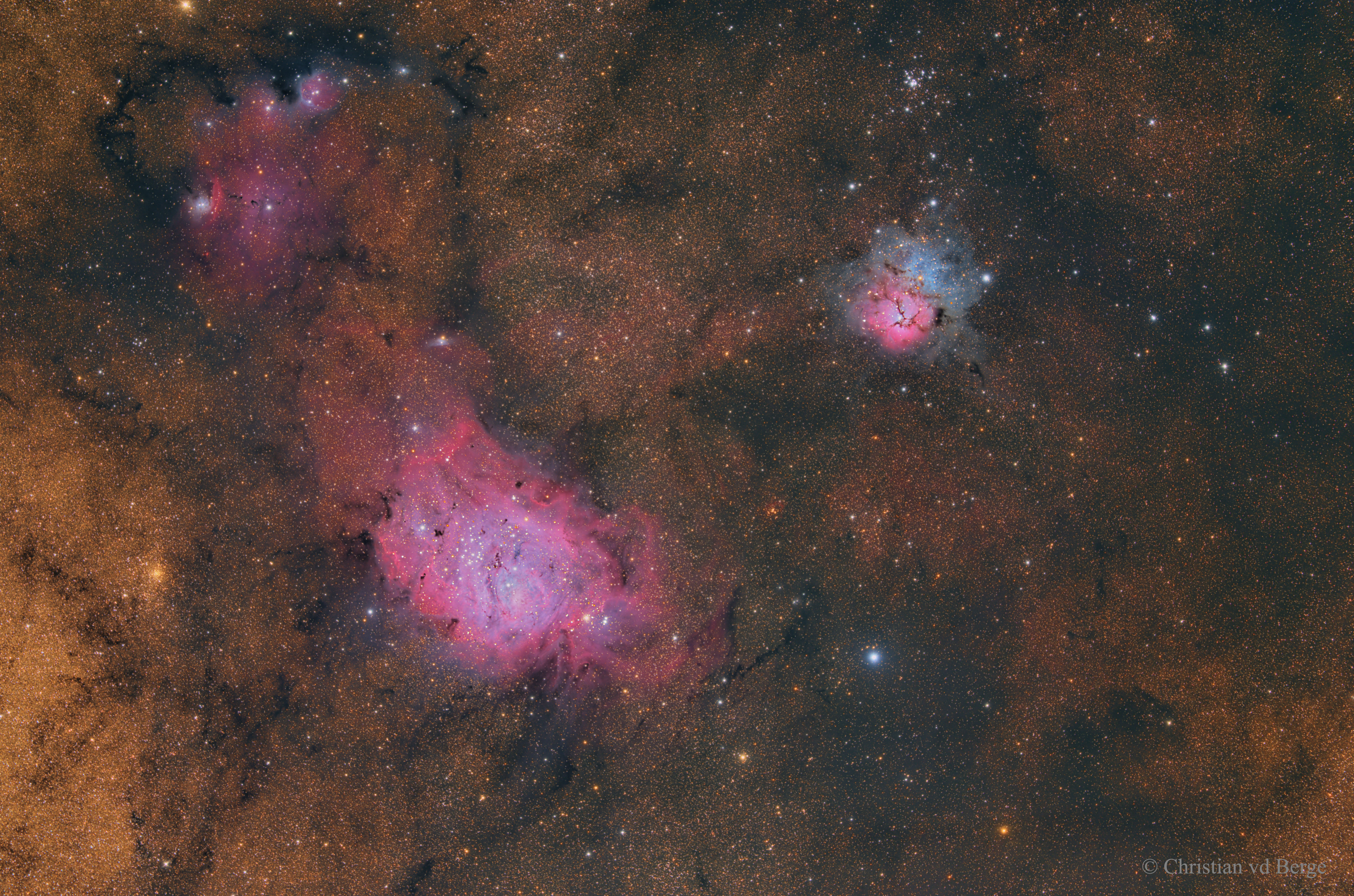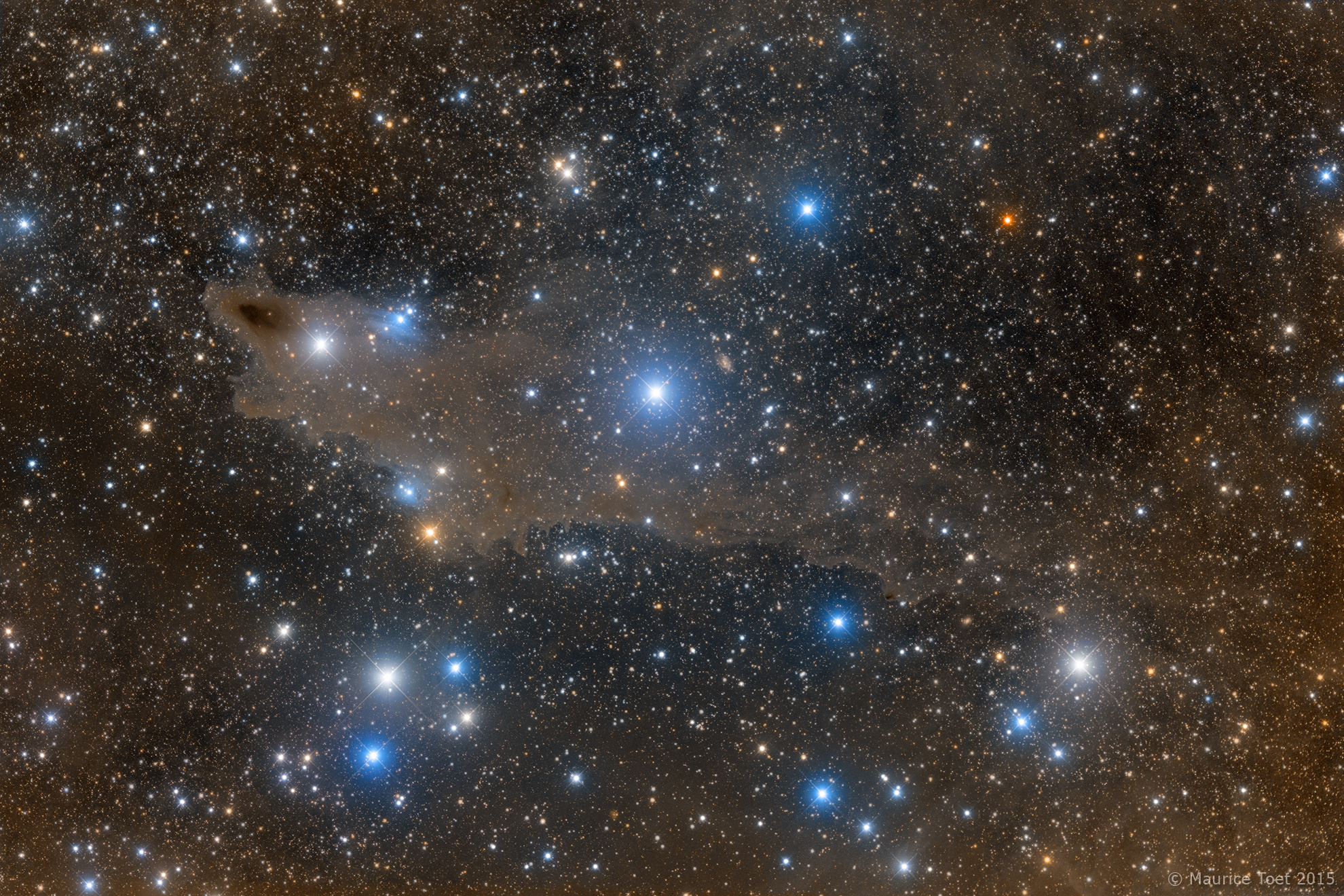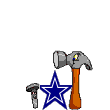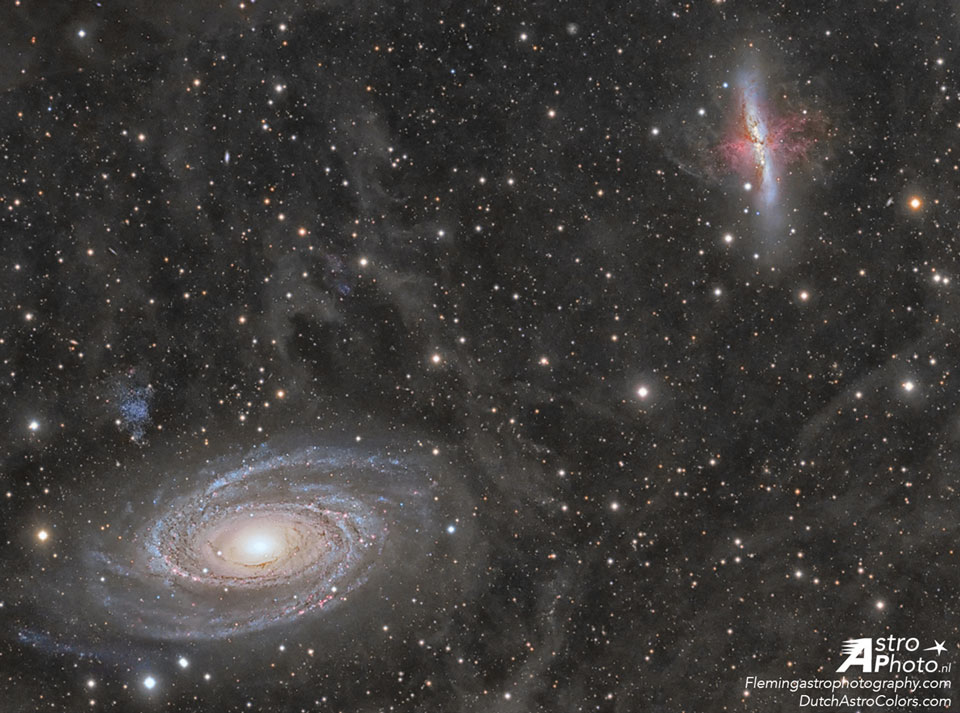WR 31a – otherwise known as Hen 3-519 or ESO 128-18 – is a so-called
Wolf–Rayet star.
It is located approximately 30,000 light-years away in the constellation Carina.
The giant blue bubble appearing to encircle this supermassive star is a Wolf–Rayet nebula — a large cloud of dust and gas.
Created when speedy stellar winds interact with the outer layers of hydrogen ejected by Wolf–Rayet stars, these nebulae are frequently ring-shaped or spherical.
This nebula is estimated to have formed 20,000 years ago and is expanding at a rate of around 136,700 mph (220,000 km per hour).
Unfortunately, the lifecycle of a Wolf–Rayet star is only a few hundred thousand years.
Despite beginning life with a mass at least 20 times that of the Sun, Wolf–Rayet stars typically lose half their mass in less than 100,000 years.
And WR 31a is no exception to this case. This star will, therefore, eventually end its life as a spectacular supernova, and the stellar material expelled from its explosion will later nourish a new generation of stars and planets.
This picture of WR 31a was snapped by the Wide Field Camera of
Hubble’s Advanced Camera for Surveys (ACS).
The image was made through a wide V-band (F606W) and a near-infrared (F814W) filter.
A version of the image was submitted to NASA by amateur astronomer Judy Schmidt as part of the Hubble’s Hidden Treasures competition.










